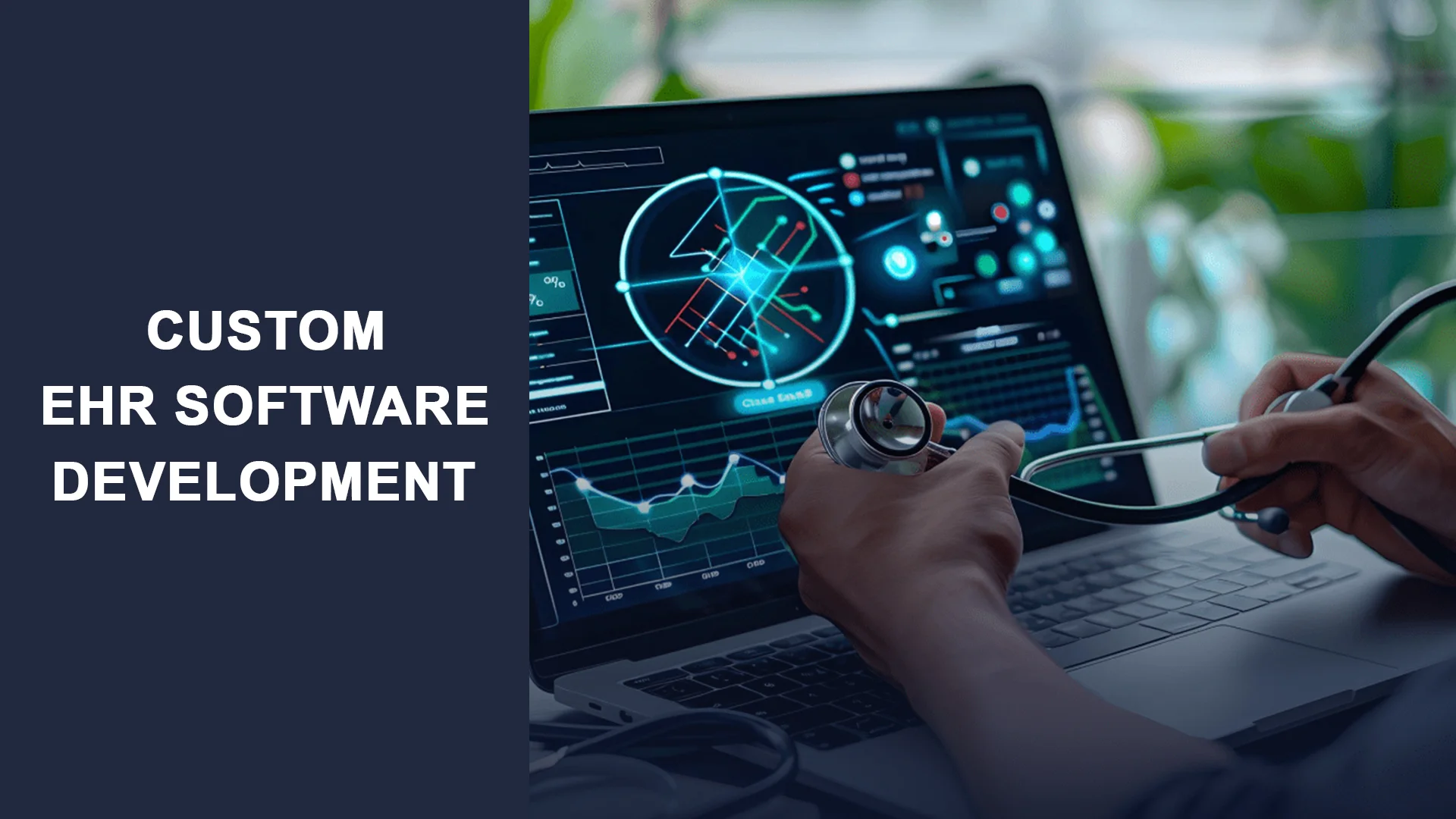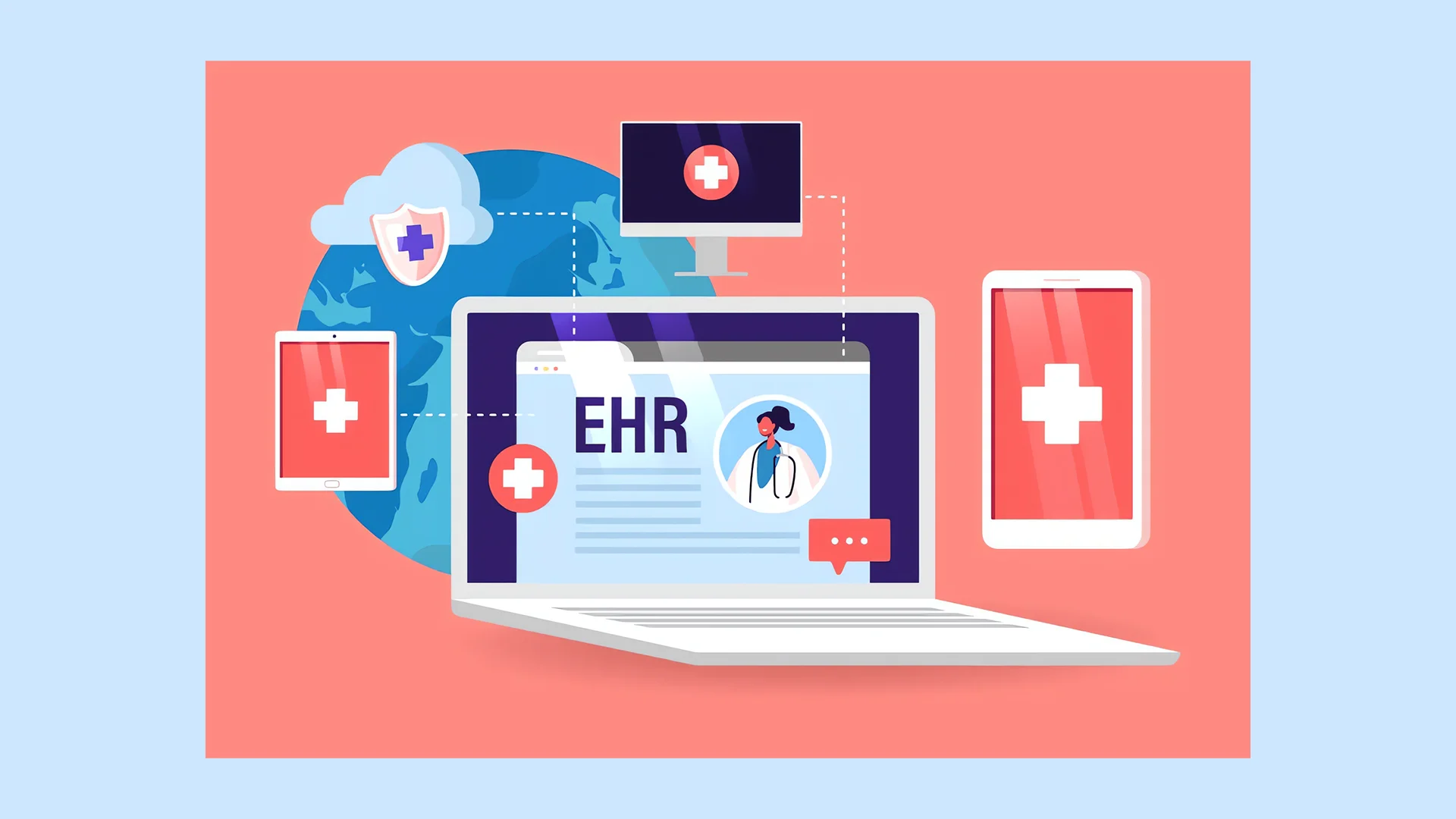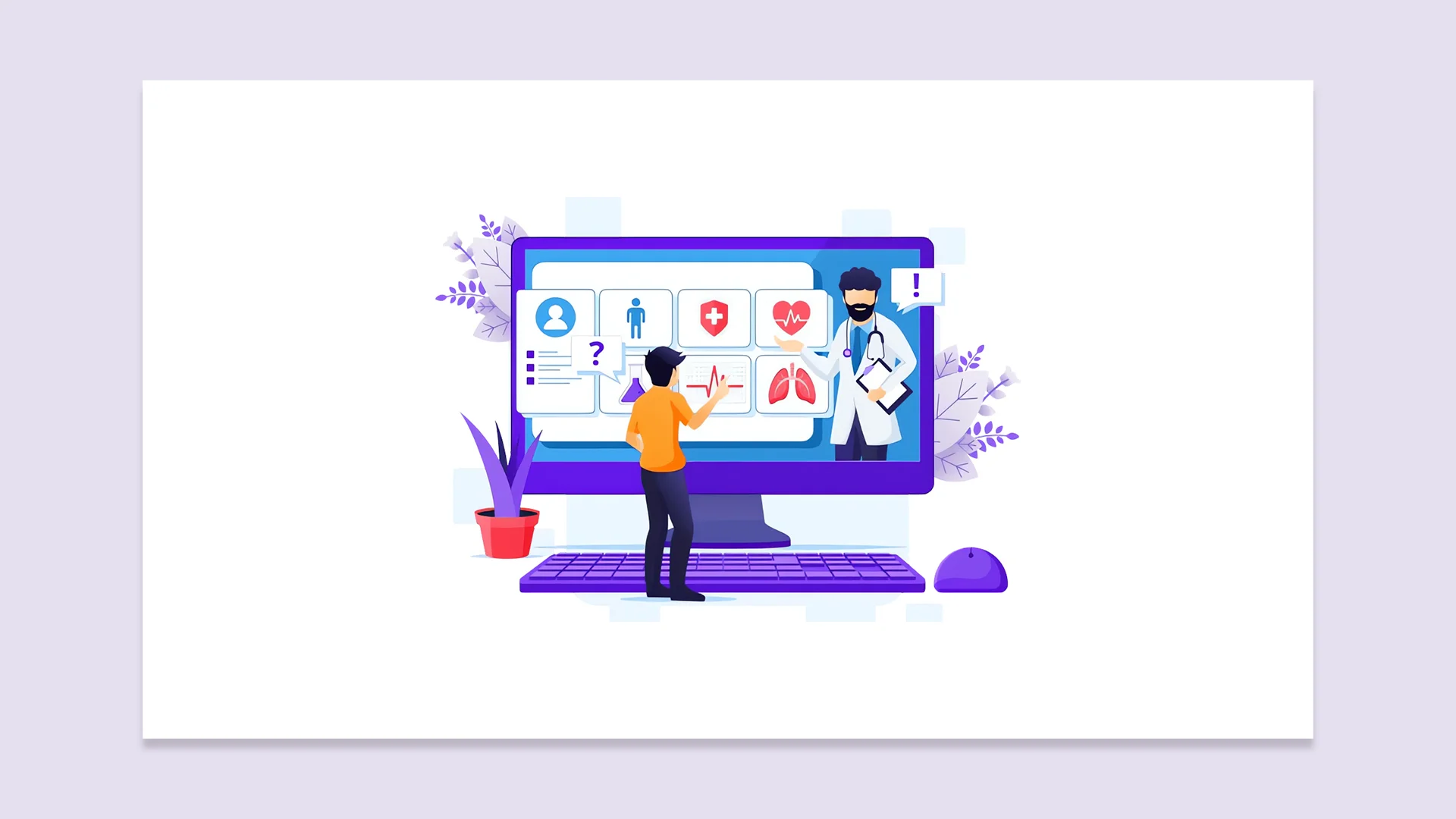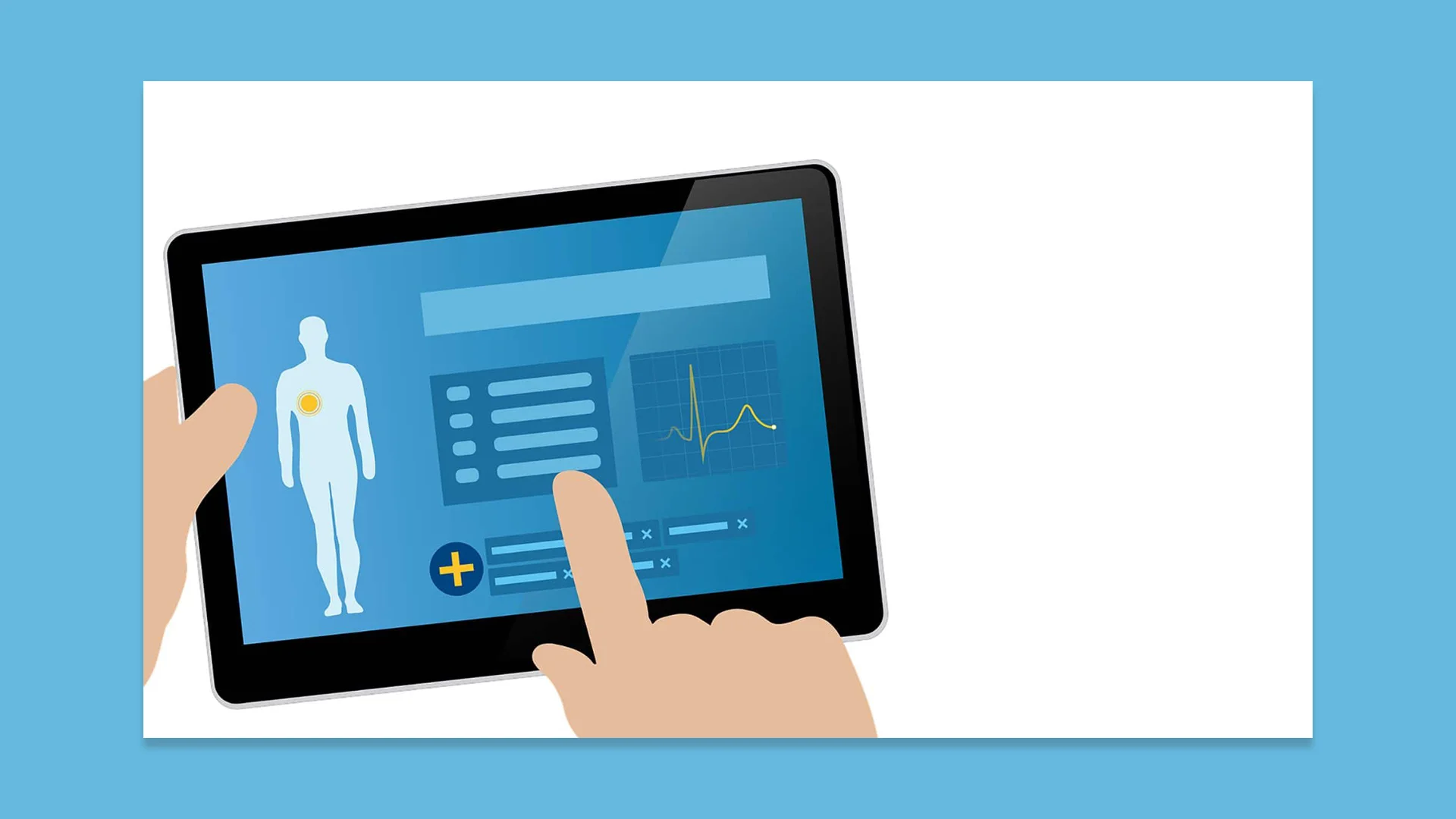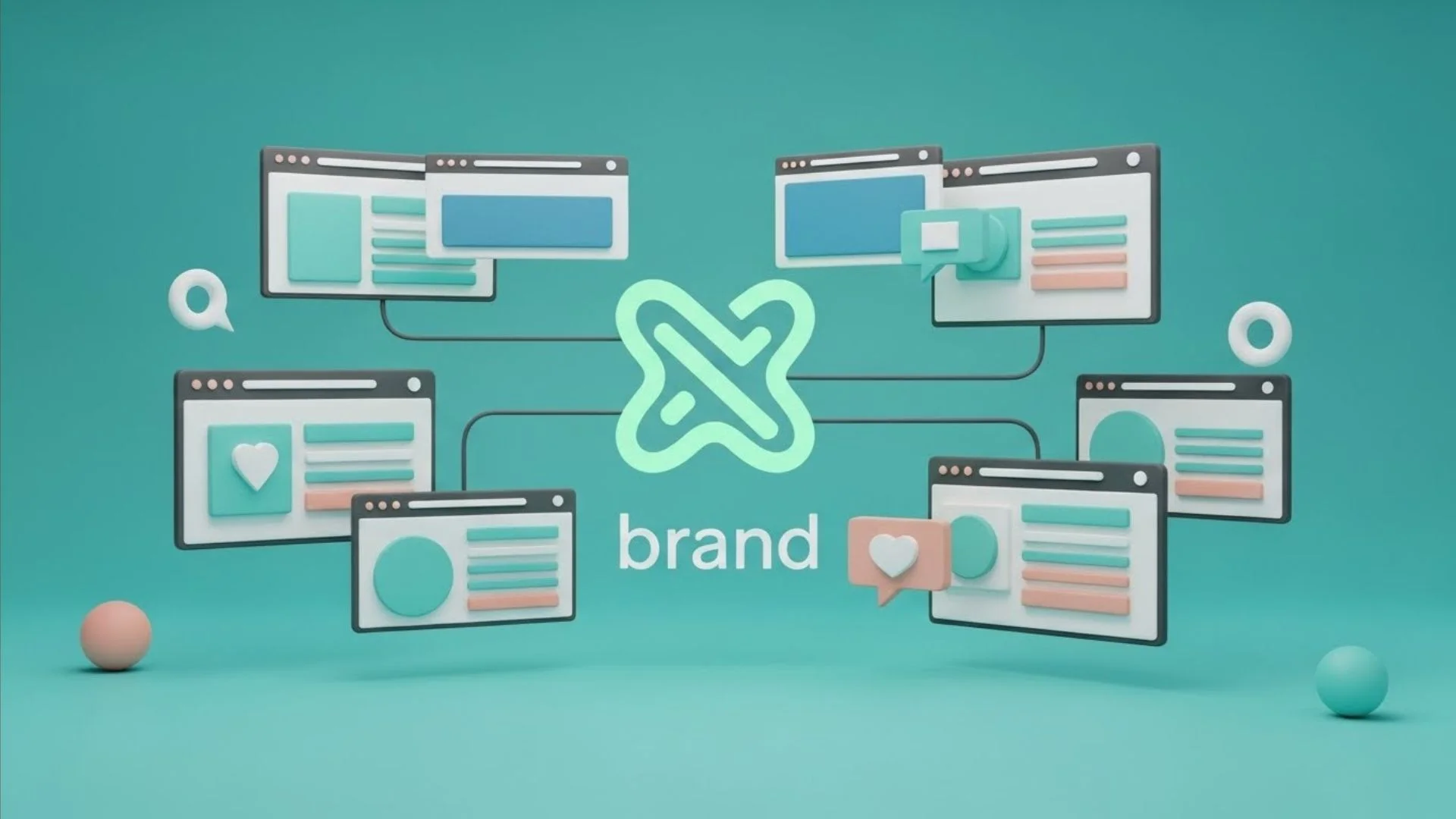Introduction
The Electronic Health Record (EHR) system has emerged as the cornerstone of the current healthcare system, enables spontaneous data control, improves patient treatment and ensures compliance with industry policy. While the answers outside Chest provide popular functionality, many health organizations require a specially designed EHR system tailor-made that is for their special workflows and operating requirements. Custom EHR Software development affects flexibility, scalability, and more appropriate interoperability, making it a strategic investment for the healthcare system. These custom EHR systems, their benefits, main features, improvement methods, and health technology, apply to developing new venture trends for the brand as forms of Fate of Technology.
Evolution Of EHR Systems
EHR systems have undergone a massive transformation over the decades. Initially advanced in the sixties, early digital records were constrained to huge sanatorium structures. The Nineties marked a shift with the advent of regulatory frameworks like HIPAA, pushing for virtual transformation in healthcare. By the 2000s, the adoption of EHRs extended with authorities’ incentives, mainly to great implementation.
Today, contemporary EHR solutions combine artificial intelligence (AI), cloud computing, and interoperability standards, which include HL7 and FHIR, making sure seamless information changes throughout healthcare ecosystems. The transition from familiar to custom EHR systems reflects the developing demand for tailor-made answers that align with the specific wishes of healthcare groups.
Why Choose Custom EHR Software?
1. Tailored Workflows and Features
Custom EHRs align with the precise workflows of healthcare providers, ensuring that medical, administrative, and operational obligations are optimized without needless complexities.
2. Enhanced Interoperability
Interoperability remains an undertaking with business EHRs. Custom answers combine seamlessly with laboratory structures, imaging tools, and third-birthday-party applications to enhance alternate facts.
3. Compliance and Security
With evolving records safety rules, including HIPAA and GDPR, custom EHR systems offer strong security measures, consisting of data encryption, entry to controls, and audit logs to ensure compliance.
4. Cost-Effectiveness in the Long Run
Although preliminary improvement charges for custom EHRs are higher, they remove recurring licensing charges and allow full manipulation over gadget updates and scalability.
5. Improved User Experience
Custom-constructed interfaces designed for particular consumer roles beautify usability, decreasing schooling time and enhancing adoption rates amongst healthcare specialists.
Key Features Of A Custom EHR System
A nicely designed custom EHR device includes the following functions:
1. Patient Management
- Centralized affected person records
- Demographic and scientific history tracking
- Appointment scheduling and notifications
2. Clinical Documentation
- Customizable templates for one-of-a-kind specialties
- Voice reputation and automatic charting
- Digital prescription and remedy monitoring
3. Interoperability Data Exchange
- Integration with imaging and lab systems (PACS, LIS)
- HL7 and FHIR compatibility
- Secure APIs for 1/3-party gadget integration
4. Security Compliance
- HIPAA and GDPR compliance
- Role-based entry to controls
- Data encryption and actual-time tracking
5. Revenue Cycle Billing Management
- Insurance verification and claims processing
- Automated coding (ICD-10, CPT, SNOMED)
- Financial reporting and audit capabilities
Custom EHR Development Process
1. Needs Assessment Requirement Analysis
Understanding organizational desires is crucial. This segment involves consultations with stakeholders, workflow evaluation, and characteristic prioritization.
2. UI/UX Design Prototyping
User enjoyment is a key thing in EHR adoption. Developers create wireframes and prototypes to make certain the device is intuitive and efficient for healthcare specialists.
3. System Development API Integration
The development phase includes coding the EHR gadget, integrating crucial modules, and making sure interoperability with present structures.
4. Compliance Testing Quality Assurance
Extensive testing ensures information accuracy, safety, and adherence to healthcare rules. Both automated and guided checkout methods are used.
5. Deployment Training
Once confirmed, the EHR system is deployed. Healthcare staff acquire hands-on education to make certain easy transitions and green utilization.
6. Continuous Maintenance Upgrades
Regular updates, security patches, and performance tracking hold the gadget secure and aligned with enterprise advancements.
Challenges in Custom EHR Development
1. High Initial Investment
Developing a custom EHR calls for a large in-advance investment in technology, compliance, and training.
2. Regulatory Complexity
Compliance with healthcare policies can be hard, requiring knowledge in facts security, prison necessities, and patient privacy legal guidelines.
3. Data Migration From Legacy Systems
Migrating affected person facts from old structures is a complex, stressful, meticulous process of making plans to prevent information loss or corruption.
4. User Adoption And Training
Healthcare professionals may also face up to exchange, requiring effective training packages to facilitate clean adoption.
Future Trends In Custom EHR Development
1. AI-Driven Decision Support
Artificial intelligence enhances clinical choice-making by reading affected person statistics and offering predictive insights for better treatment outcomes.
2. Blockchain For Data Security
The blockchain era is being explored for secure, decentralized storage of clinical information, decreasing risks of statistics breaches and fraud.
3. Telehealth Remote Monitoring
Integration with telehealth structures allows real-time consultations, wearable device tracking, and faraway affected-person management with telemedicine solutions.
4. Cloud-Based Mobile EHR Solutions
Cloud-based EHRs provide scalable, value-powerful solutions with secure, far-flung get entry for healthcare specialists.
Conclusion
custom EHR software program development gives exceptional flexibility, security, and interoperability for healthcare companies in search of tailor-made virtual solutions. While the development technique calls for careful planning, regulatory adherence, and a consumer-focused layout, the long-time blessings consist of progressed affected person care, streamlined operations, and superior facts safety. As AI, blockchain, and telehealth keep adapting, custom EHR solutions will play a pivotal role in the digital transformation of healthcare.
nandbox App Builder
Building a custom EHR system seems like a big and difficult task. But what if there was an easier way to do it? That’s something that nandbox App Builder can help with. With its no-code platform, healthcare providers can make a fully customized EHR system without having to go through expensive development cycles or write a lot of complicated code. Imagine a system with outstanding security, real-time telehealth integration, flawless patient management that precisely suits your workflow. Everything would be created on an easy drag-and-drop interface. Given nandbox is cloud-based and scalable, your EHR may likewise expand with your company. This guarantees long-term flexibility and adherence to legal requirements including GDPR and HIPAA. Healthcare firms may now fully control their digital transformation since there is no one-size-fits-all program.
